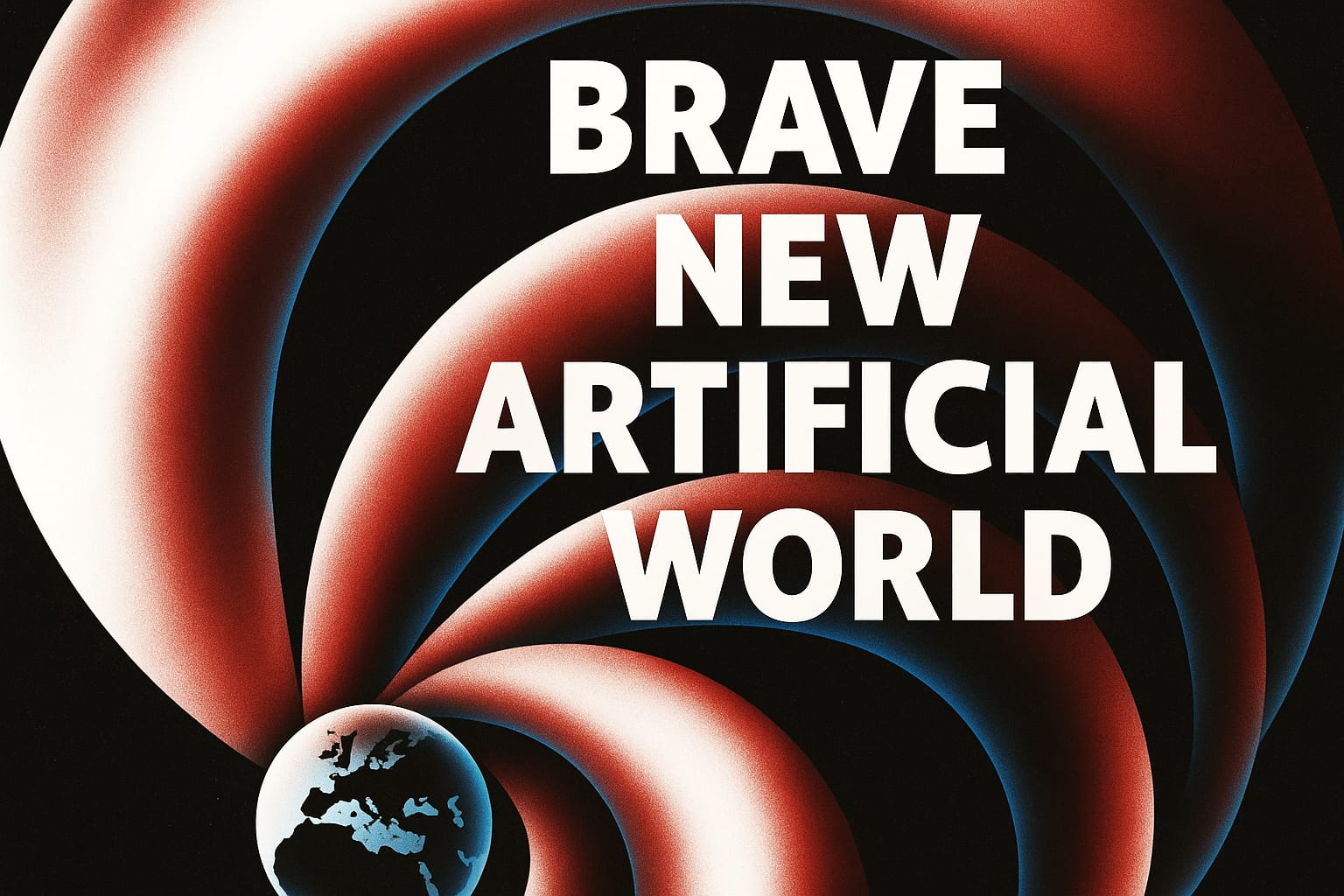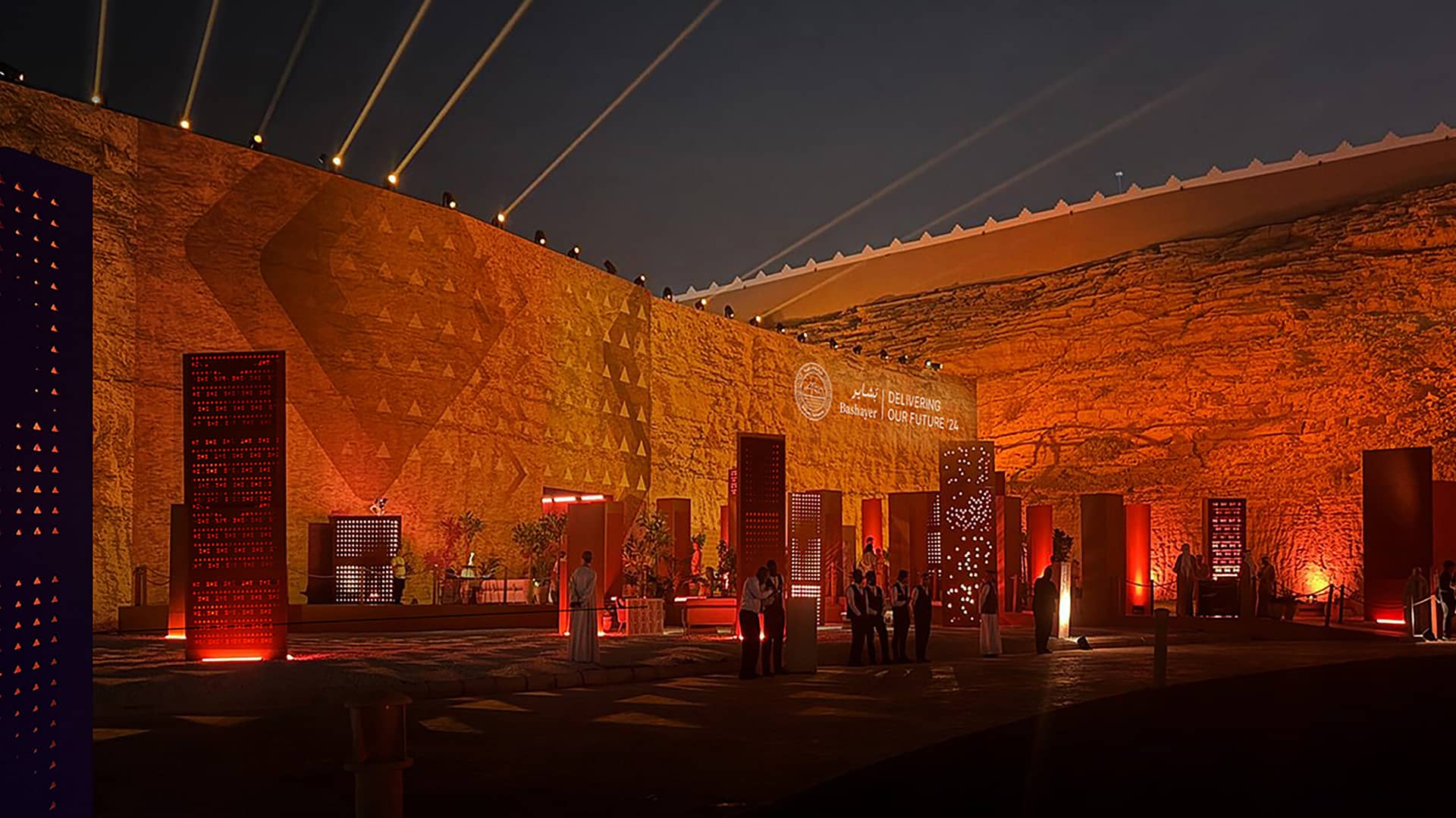
This article first appeared in Campaign Middle East written by, Junior González, Senior Strategist from our Dubai studio.
Every brand holds a powerful place in the lives of consumers. Some evoke such strong positive connections that customers feel they ‘love’ them, while others stir negative emotions that lead to active avoidance. These responses are rarely coincidental; they are the product of intentional, well-executed strategies aimed at fostering specific emotions.
Among the most effective tools in building these connections are brand experiences. These immersive interactions go beyond traditional advertising, integrating a product or service into a consumer’s everyday life. By enabling customers to ‘live’ the brand, they create stronger emotional ties, fostering loyalty and advocacy while establishing a sense of belonging.
To create these impactful experiences, brands must rethink how they engage their audiences, focusing on strategies that move from transactional relationships to identity driven connections. Here are some guiding principles for brands looking to craft unforgettable brand experiences.
Build brand architecture from the inside out
An authentic brand experience starts with a deep dive into what makes a brand unique. By understanding consumer behaviour across demographics and cohorts, brands can bridge the gap between their audiences and their identity.
For example, during the launch of Steve Madden’s FW24 collection in London, the brand leaned into its “bad boy” persona. By combining behavioural insights with rigorous audience research, passive visitors transformed into active participants, immersing themselves in the experience.
This level of success requires stepping back to examine the brand from a fresh perspective. By avoiding over-reliance on past campaigns, brands can uncover new truths about their audience and craft experiences that connect on a deeper level.
Shift focus from ‘transaction’ to ‘identity’
Modern consumers no longer just buy products or services – they buy experiences that align with their aspirations, values, and personal identity. To resonate, brands must showcase how they fit seamlessly into a consumer’s lifestyle.
Take, for instance, Ford’s ‘Beyond the Blue Oval’ activation in the Middle East. Faced with a competitive market, Ford identified a unique message that resonated with its audience. By creating an event where influencers and attendees experienced the brand as more than a product – through engaging, identity-driven storytelling – Ford solidified its position as a lifestyle choice.
The shift from transactional to identity-based engagement is key to building lasting relationships. Brands must demonstrate their relevance to the consumer’s self-concept, fostering connections that transcend mere utility.
Embed the brand story into the cultural fabric
Today’s consumers expect brands to be more than a collection of products or services; they want them to play an integral role in shaping culture. Successful brands understand this dynamic and align their efforts with larger cultural or societal movements.
For example, Riyadh’s emergence as a cultural hub presented an opportunity for adidas to partner with the LES MILL LIVE festival. The event blended adidas’s ethos with Riyadh’s forward-thinking vision, creating a landmark experience that resonated with both local and global audiences. By embedding itself into the cultural fabric, the brand demonstrated its commitment to innovation and community engagement.
Bridging consumer aspirations with business goals
Every successful brand experience strikes a balance between consumer-centricity and business outcomes. Consumers may not know what a brand should do next, and brands can’t predict every consumer desire – but they meet in a space of mutual need.
In today’s evolving marketplace, brands can no longer rely on static strategies. By embracing an adaptive, consumer-first approach to brand experiences, they position themselves not just as products or services but as essential elements of their customers’ lives.



